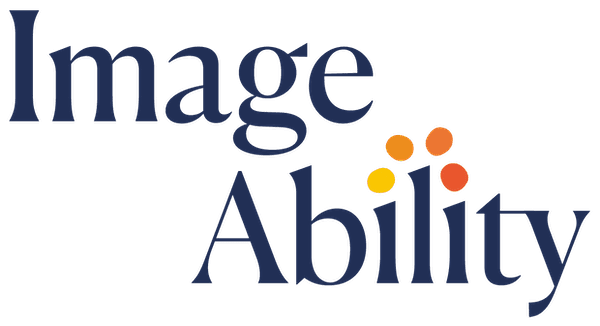From invisible to indispensable: How Image Literacy equips us for ageless growth
Later tomorrow, Christina—an apprentice with Astra Zeneca —is debating at the Cambridge Union. Her presence there is not just symbolic; it’s a signal of what’s possible when confidence, clarity, and communication are nurtured early. It also reminds me why I have built my third career around image literacy: to help people of all ages become visible, articulate, and future-ready in a world that often overlooks them.
The problem isn’t AI. It’s invisibility.
Dr. Eliza Filby’s recent piece ‘The AI job apocalypse is here; here’s what should happen’ on the slow pace of change in universities and the collapse of traditional training models struck a chord. She rightly points out that AI isn’t the enemy—lack of preparation is. The disappearance of entry-level jobs, the erosion of mid-career development, and the invisibility of older professionals are not technological inevitabilities. They are design failures in how we educate, train, and value people.
Image Literacy: A missing link in education
Image literacy is more than visual communication. It’s the ability to see and shape how we are perceived—by others and by ourselves. It’s about narrative, presence, and the confidence to show up. In a world where AI can do the grunt work, what remains uniquely human is how we connect, persuade, and lead. That’s where image literacy becomes essential.
- For apprentices such as Christina, it builds the confidence to speak up and be seen.
- For academics, it accelerates the translation of research into relevance.
- For mid- and late-career professionals, it restores visibility in a system that often forgets them.
Reimagining lifelong learning baked in personal character, image and brand development
A continuous, inclusive and meaningful apprenticeship model which is ageless and effective is within reach for any one organisation with a will to succeed. A model that is visible, visual, intuitive and easy to implement. Which means that we need to teach people not just how to do the work, but how to present it, share it, and evolve with it.
Imagine a workplace where:
- A 60-year-old apprentice learns to pitch new ideas with clarity and confidence.
- A 25-year-old leader mentors through storytelling and visual thinking.
- Learning is not just technical but expressive.
Naturally, digital and non-digital ways are hygiene factors.
Making the invisible visible
Mid-and late-career professionals often face a double bind: too experienced to be retrained, too invisible to be promoted, or to be given a chance to contribute. Image literacy helps them reframe their narrative, showcase their value, and stay relevant—not just through skills, but through their personal and professional presence.
What can we all do
If we (i.e. the diverse ecosystem of experienced people ‘growers’) want to stay ahead of the game —not just contemplate the future but shape it—we must invest in how people see themselves and are seen by others. That’s what image literacy offers, with rigour. It’s not a soft skill. It’s a survival and leadership skill.
When I chose my first career path, I imagined a future where learning never stops; it turned out to be exactly that along the way, and two careers onwards capitalising on each other. Long it may continue!
Professionals do incur glitches on their paths not because they have not earned their credibility or visibility but miss having it nurtured by those around them. It takes a village to help a young, or not so young, take a symbolic apprentice route. If we can all make ourselves, the village, less oblivious to change and more forthcoming, the wins will be exponential.
As global and local citizens we cannot afford not to take notice and nurture every Christina—regardless of age or stage—and make sure she has the tools to stand up and speak out. Then, whether we are academics, CEOs, mentors or shift workers we become all peers, enriched and grateful for the lessons she teaches us, and we all teach each other.
